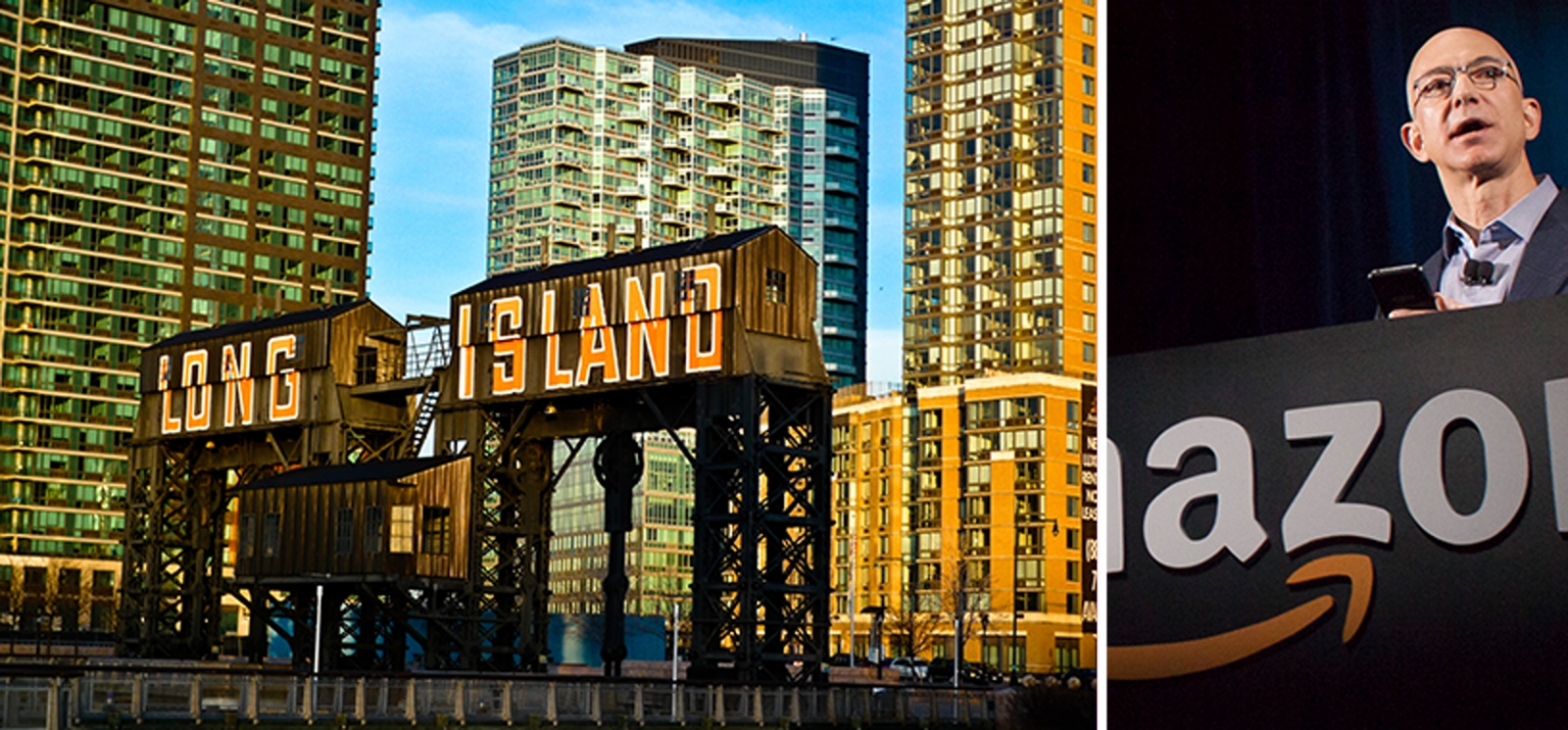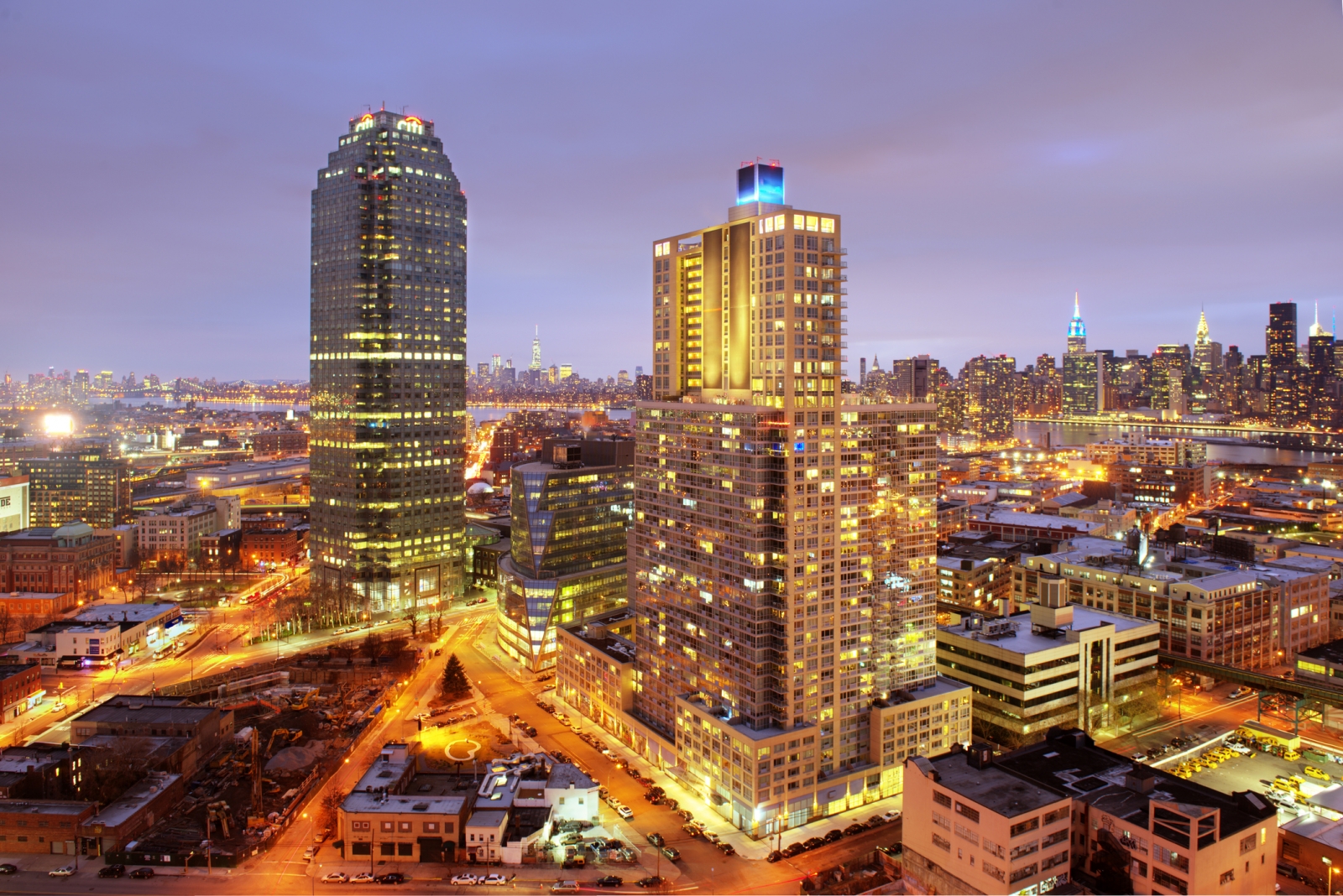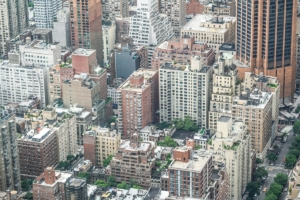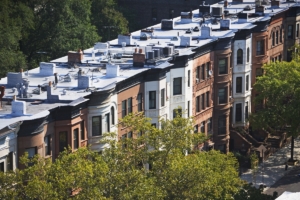Amazon HQ2
See the full series
Amazon in Long Island City: The tech giant has announced plans to locate a major new facility in Queens.
With today’s announcement that Amazon will split its second headquarters between Long Island City in Queens and Crystal City in Northern Virginia, the future of Queens looks much different than it did just last week. With details on the new HQ2 beginning to emerge, here are six ways Amazon’s arrival in Long Island City may affect New York real estate.
1. Queens Home Values Are Likely to Shrug Off the NYC Slump and Continue Rising
Growth in Queens home values have outpaced those in Brooklyn and Manhattan since mid-2017, and have already risen 5 percent over last year. Amazon’s announcement will likely draw the attention of speculators looking to capitalize on the transformation of the area, pushing up prices further.
After all, Amazon’s arrival will come with a massive investment in Long Island City. To imagine what that might look like, one could look to the dramatic metamorphosis of South Lake Union, the Seattle neighborhood that serves as the firm’s current headquarters.
Hopes for future growth in the LIC area have already buoyed condo sales in buildings like the Harrison, where roughly 35 percent of units sold were listed for rent on StreetEasy shortly after their sale. Expect a similar appetite among investors for units in the $1 billion, 67-story Skyline Tower, although even highly paid Amazon employees may balk at the prospect of paying $600,000 for a third-floor studio — the tower’s lowest-priced unit.
2. Rents Will Depend on Realization of Amazon’s Plans
While many landlords will herald Amazon’s decision as a sign of Long Island City’s rising prominence, the area’s rental market has struggled to absorb the enormous volume of high-priced rental units built in the past decade. Rents in Northwest Queens have risen just $50 over the past three years, according to the StreetEasy Rent Index, and fell during the first half of 2018 as a result of heavy supply.
Median rent for a 1-bedroom apartment in Long Island City was $3,200 in the third quarter of 2018, $1,300 higher than the median for all of Queens. That’s roughly in line with the median in SoHo or Nolita, and higher than in Williamsburg and the Upper West Side. With rents already high, demand is unlikely to rise rapidly until concrete plans emerge for Amazon’s presence.
3. Neighboring Areas Could Feel the Greatest Impact
Over the long run, the less dense neighborhoods surrounding Long Island City could see the largest impact from Amazon’s arrival. Quieter sections of Greenpoint, Sunnyside, and Astoria with more limited transit connections to Manhattan will likely prove more attractive as a new job hub emerges on the near side of the the East River.
These areas’ older homes, with their larger floor plans and varied architecture, could prove especially desirable among future Amazon workers, some of whom may balk at the high prices and cramped layouts of nearby new development. But of course these older, larger homes are in limited supply. Expect heated debates over the costs and benefits of new development and growing populations in areas adjacent to Long Island City, much like what we’ve seen on the edges of Midtown East and Boerum Hill.
4. There’s Plenty of Tech Hiring Already Happening in NYC
The new Amazon location in Long Island City is projected to have more than 25,000 workers, which would mean a significant increase in the city’s labor force. But Amazon would only be the latest in a long series of large corporations to tap New York’s deep pool of highly skilled labor, despite its high cost of living. Google, Facebook, IBM, and others have already made significant investments in the city, part of a wave of more than 800,000 net private sector jobs created in New York City since 2010.[1]
This influx of workers has pushed up wages and rents broadly but unevenly, exacerbating a housing affordability crisis that has transformed neighborhoods and posed challenges for middle- and lower income- families. Amazon locating in Queens will continue this trend of major tech companies seeking out large numbers of highly skilled workers.
5. Amazon in Long Island City Could Shift NYC’s Economic Geography Eastward
Long Island City is already home to a number of prominent private employers, including Citigroup, JetBlue, and Silvercup Studios. The arrival of Amazon — which is foremost a technology company, but also one with significant operations in a wide variety of fields, from transportation logistics to film and television production — would be an enormous boost to the area’s commercial base.
While a number of large tech companies have come to the city, few have landed outside Manhattan, and none in such a splashy fashion as Amazon. The ramping up of hiring in Long Island City could induce a range of other large and small firms to look to the area, too, providing a boost to commercial office markets in eastern boroughs. Amazon’s arrival will also bode well for other economic development initiatives in the area, including the Cornell Tech campus on Roosevelt Island and the newly expanded ferry service on the East River.
6. Sunnyside Yard Will Be NYC’s Next Great Development Project
Shortly after Amazon announced its search for new headquarters in September 2017, we pointed out that one site was particularly well suited to accommodate a corporate headquarters in the long run: Sunnyside Yard, just east of Long Island City. Currently the site remains one of the largest undeveloped parcels of land in the city, but over the past year the city has taken a number of steps to explore developing the site.
Given the complicated ownership of the land and technical difficulties of building out the space, there’s no chance of the site being developed in time for Amazon’s arrival. But redevelopment plans for the site look much more likely if there’s a significant rise in long-term demand for office space, housing, and infrastructure. Brooklyn’s Pacific Park and Midtown West’s Hudson Yards have already demonstrated the transformative power of building over existing rail yards. Redevelopment of Sunnyside Yards would allow Amazon ample room to develop and grow just east of its new home in Long Island City.
[1] Source: NYS Department of Labor.
—
Hey, why not like StreetEasy on Facebook and follow @streeteasy on Instagram?










